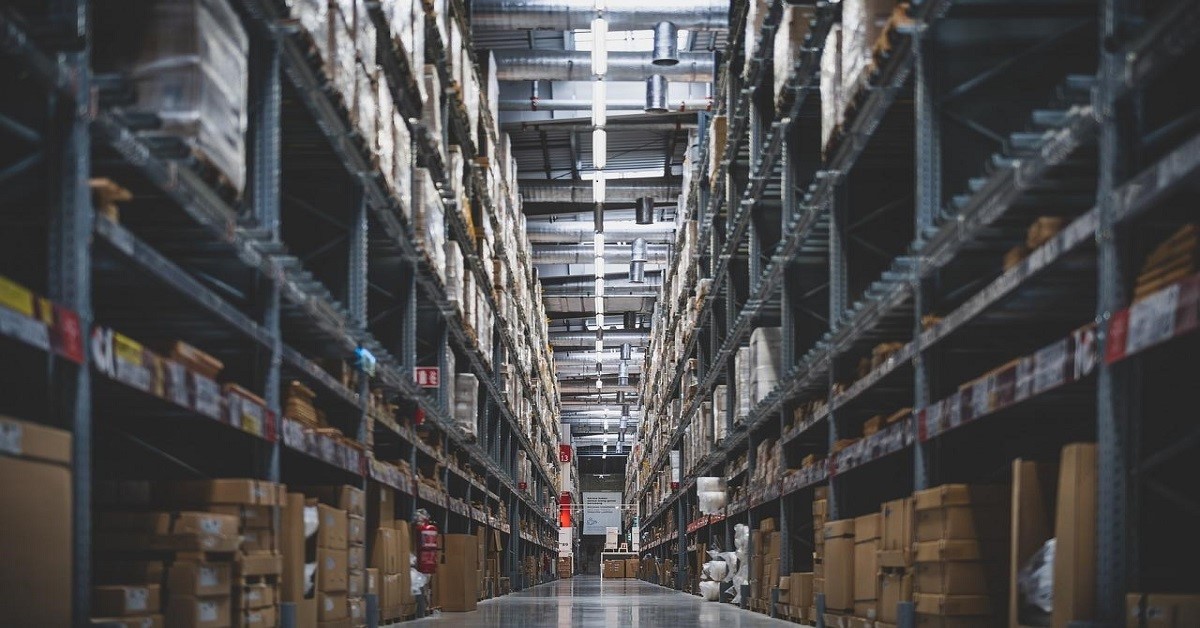How Drones Are Revolutionizing the Global Oil and Gas Industry

The oil and gas industries are currently one of the largest sectors in the world. As populations and economies grow, demand for cheap, accessible energy also increases. Currently, oil and natural gas supplies worldwide are important in addressing this demand. With the need to make operations safer and more efficient, drone technology in the oil and gas industry helps immensely.
In this article, we’ll take a quick look at how drones are helping to change the oil and gas industries. We’ll also take a look at the future of drones in these industries.
Understanding the Oil and Gas Industry Today
The process of oil and gas production involves many stages. These include finding resource deposits, refining them, and transporting them. Global oil demand is still recovering and is yet to reach its pre-pandemic trajectory within the next few years. Drone technology in the oil and gas industry has enabled various operations to be more efficient to maintain this trajectory.
In a nutshell, the entire industry is composed of three main parts:
- Upstream: Upstream companies are often called “exploration and production” companies. They primarily deal with finding and extracting oil and natural gas from underground deposits.
- Midstream: Shipping, pipelines, trucking, and storage are the main focuses of midstream businesses. They are responsible for moving extracted materials to refineries.
- Downstream: Downstream businesses refine and convert raw materials into usable products for public use. These also include gas stations for end consumers.
How UAVs Are Transforming the Oil and Gas Industry Worldwide?
The stages of extracting, transporting, and refining shale and natural gas pose risks for injuries as well as severe environmental hazards. With these dangerous conditions, oil and gas industries have one of the highest fatality rates worldwide. As a result, more companies are taking full advantage of the benefits of drones in the oil and gas sector. Here’s how drone technology is streamlining various operations for oil and gas companies around the world:
1. Safer and faster inspections
Traditional oil well and offshore rig inspections can be extremely dangerous for inspectors. Aside from being exposed to harmful chemicals, they also need to handle dangerous equipment. Additionally, these inspections are also time-consuming. Compared to traditional inspections, drones are faster and safer. Drones can fly directly to specific areas and perform comprehensive checks faster compared to inspectors. They can fly to overhead pipes and other inaccessible areas without shutting down regular operations.
2. Better and faster leak detection
Drones for oil and gas inspections provide faster, safer, and more accurate inspections. Since drone flights take minutes, surveying and inspecting oil rigs and wells are faster. They also expose technicians to much less risk. Many companies also increasingly rely on drones with laser-based sensor technology to detect compromised materials before leaks happen. With faster and more accurate inspections come fewer onsite accidents and injuries. Aside from collecting data, drones also save plenty of time and
3. Emergency response
Drones can be deployed in natural disasters or accidents for prompt emergency response. Drone surveillance in oil and gas facilities can prevent disasters and help technicians and engineers address them. Drones can find damaged areas and equipment as well as determine the extent of any damages. Aside from reducing hazards, technicians and engineers can also use drones to coordinate with emergency services. Real-time data can help different teams to identify and clean up oil slicks quickly.
4. AI integration
Perhaps the biggest benefit of drone surveillance in the oil and gas sector is the maximized potential for data collection. Drones can get to areas much closer than airplanes and helicopters and take higher-resolution photos and videos. Their wider range of onboard sensors and cameras also provide data for real-time processing. With AI software, drones can transform data into real-time insights. They can create more accurate models for oil and gas drill sites. They can also configure routes based on past flight data for automatic spot checks and surveys.
What’s next for Drones in the Energy Sector?
The oil and gas industries are set for major changes in the coming years. Many factors contribute to these changes. These include increasing demand and shifting towards more renewable energy sources. To face these challenges, drone technology in the oil and gas industry will be more critical than ever. Here are the following biggest things for drones in the energy sector:
1. Cargo delivery
Drones are already used for delivering small packages over distances. More powerful models with increased carry capacity are expected to carry heavier loads in the coming years.
2. Surveying and mapping
As the energy sector changes, drones are also expected to play a huge part in major transitions toward green energy. Their surveying and mapping capabilities will be essential in inspecting and assessing potential sites for new power plants.
Increased drone-specific roles
The widespread adoption of drone technology in the oil and gas sector in the coming years means more specialized jobs. These range from programmers to network administrators and software engineers.
The Bottom Line
The oil and gas industries are set for many major changes in the coming years. Aside from increasing demand and the shift towards green energy, many companies want to optimize operations as much as possible. Drone technology in the oil and gas industry has already proved to be essential for streamlining operations. They are also expected to be pivotal tools in transforming these industries. If you want to get started on implementing drones, now is the best time to start. Book a demo with us today – we’d love to hear from you!
Contact Us
Thank you for your message. It has been sent.
Latest Posts
Social Profiles















